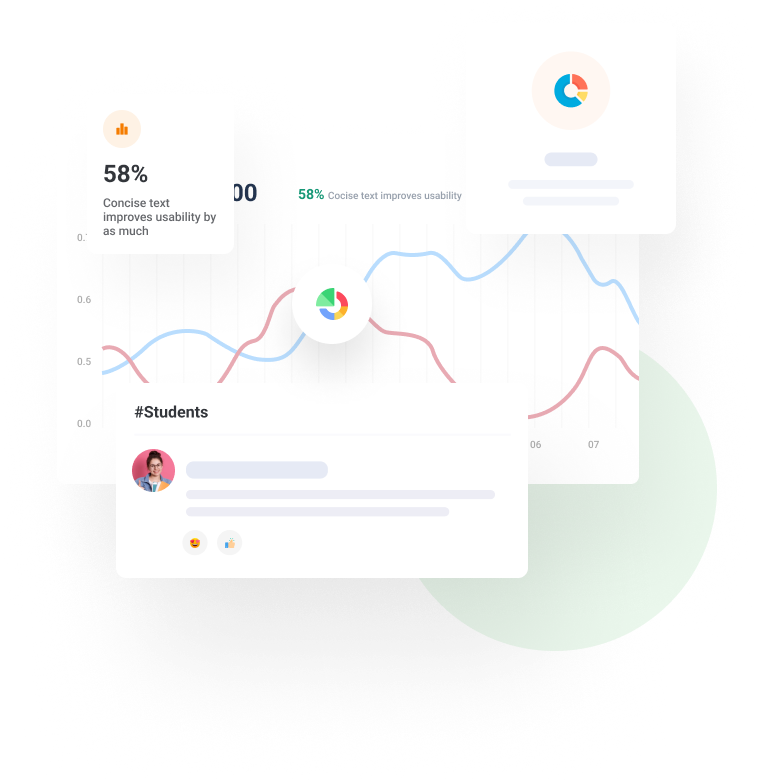Clustering of Animation View Times in an Interactive Textbook for Material and Energy Balances
Published American Society for Engineering Education, 2023
Authors
Tanner Hilsabeck
Breanne Crockett
Amir Parsaei
Kevin S. Xu
Case Western Reserve University
Prof. Matthew W. Liberatore
The University of Toledo
Abstract
Data science tools can help elucidate trends from clickstreams and other interactions generated by students actively using interactive textbooks. Specifically, data generated when using animations, which are multi-step visuals with text captions, will be presented in this work. Each animation step divides content into appropriate chunks, and so aligns with tenets of cognitive load theory. Both the quantity and timing of students’ clicks record provide large data sets when examining students across hundreds of animations and multiple cohorts. Specifically, an interactive textbook for a chemical engineering course in Material and Energy Balances will be examined and build upon data presented previously. While most of the previous data focused on very high reading completion rates (>99% median) compared to traditional textbooks (20-50%), a deeper examination of how long students take when watching animations will be explored. With over 140 unique animations and tens of thousands of completed views over five cohorts, a spectral clustering algorithm applied to students’ animation view times distinguished several types of animation watching behavior as well as monitor changes in this animation watching behavior over the course of a semester. After examining different numbers of clusters, two or three clusters in each chapter captured the animation usage. These clusters usually correspond to a group of students who watched animations at 1x speed (longer), another group who watched at 2x speed (shorter), and a third group, when present, who watched irregularly, including skipping animations. Overall, more students belonged to the belonged to the cluster with longer view times, with 63% of students aggregated over all cohorts and chapters compared to 35% of students in the cluster with shorter view times. The remaining 2% of students belonged to the irregular cluster, which was present in less than one quarter of the chapters. Many students stayed in the same cluster between chapters, while a smaller fraction switched between the longer and shorter clusters.









